Netflix’s historical drama film ‘Joy’ is an ode to the pioneering scientists, medical professionals, and volunteers who journeyed through adversity to bring about their life-changing innovation. The story revolves around Nurse Jean Purdy, who joins scientist Robert Edwards and surgeon Patrick Steptoe in their ambitious task of creating the In Vitro Fertilization procedure, which leads to the birth of Louise Joy Brown, the world’s first test-tube baby. Along the way, the trio and their research faces much pushback from the state, the church, and even medical and scientific institutions. Nevertheless, they remain steadfast in their quest to bring about revolutionary change in the world.
As Director Ben Taylor’s film delves into the history of IVF treatment, it explores the myriad of socio-political complications that have surrounded the topic of reproductive rights as far back as the 1960s. Simultaneously, it also brings forward the emotionally stirring and authentic stories of the real people who championed this groundbreaking creation.
Joy Presents the Exceptional Reality of IVF’s Development
Physiologist Sir Robert Geoffrey Edwards began his research into human fertilization as early as the 1960s. Eventually, in 1968, Jean Purdy, a 23-year-old nurse, joined him at the Cambridge University Physiological Laboratory as his research assistant. Shortly afterward, the physiologist produced the human embryo in a laboratory—the first of its kind and a significant stepping stone in human reproduction research. Soon, Edwards and Purdy included celebrated gynecologist Patrick Steptoe in their collaboration to research human conception. However, despite the nobility of their study, it wasn’t readily embraced by the public and official institutions.
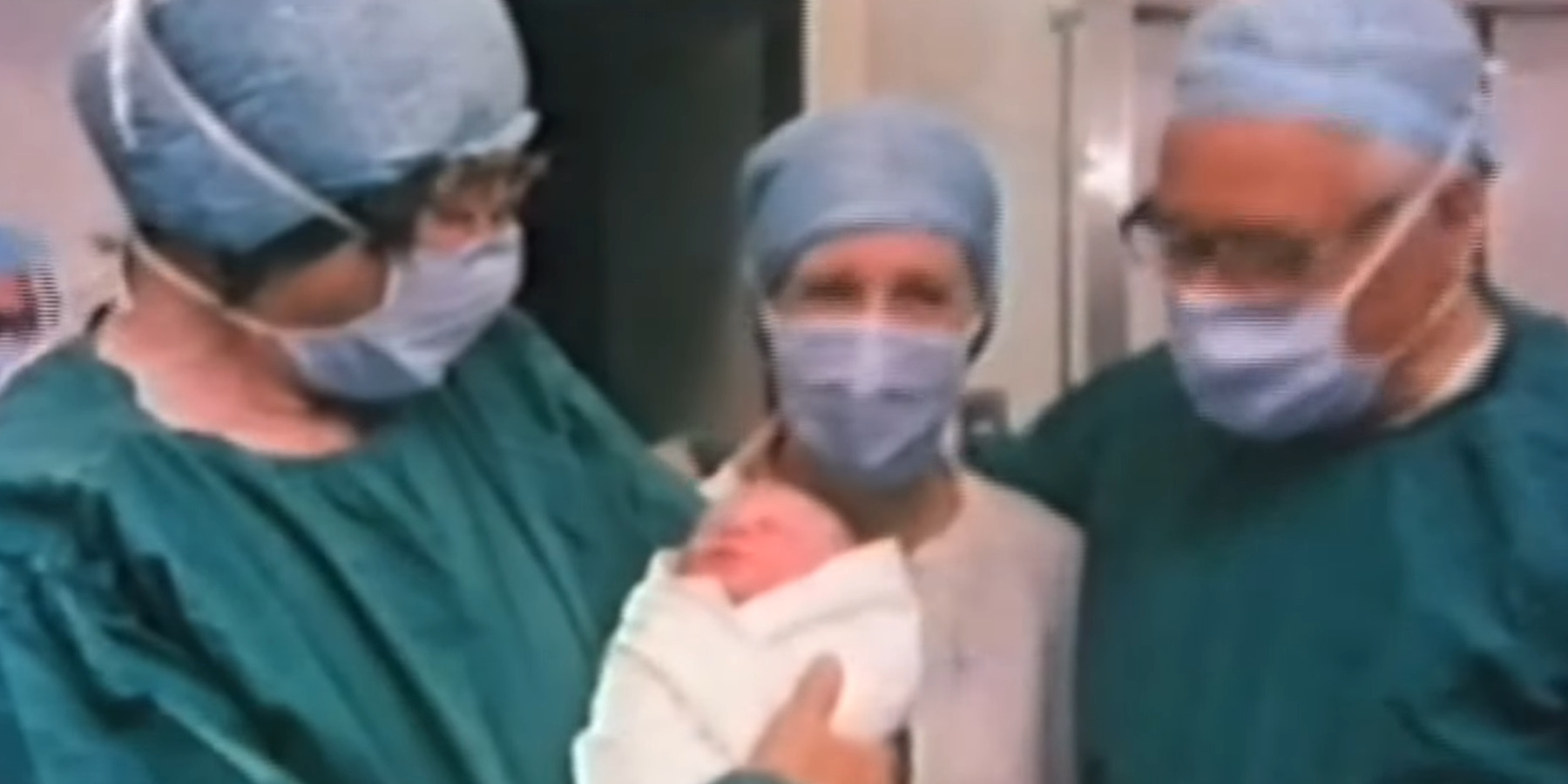
Even though Edwards and his team applied for support from the UK Medical Research Council for their studies into human reproduction, the national funding agency denied their request. As per reports, the MRC cited ethical grounds as one of the reasons they declined to support Edwards and Steptoe’s ventures. Furthermore, their research also reportedly sparked general moral outrage. As a result, the physiologist and his team continued their work in Kershaw’s Cottage Hospital’s lab through funding on private money.
Alongside maintaining full-time jobs, Edwards and Steptoe were also expected to finance the equipment required for their research. Thus, their work continued to grow in the 1970s despite MRC’s denied support. On the other hand, hundreds of women participated in Edwards and his team’s research by volunteering their eggs. Consequently, many people attached their hopes to treat infertility to this research. Eventually, in 1978, their work led to the birth of the first-ever “test-tube baby,” Louise Joy Brown. The following year, another baby, Alastair MacDonald, the first-ever boy, was born through IVF.
Joy Highlights the Historically Erased Contributions of Jean Purdy
‘Joy’ strives to bring the story of the creation of IVF to the public as a celebration of the medical procedure’s significance. However, the film sports another crucial goal: the long-time-coming honoring of Jean Purdy for her collaboration on Edwards and Steptoe’s work. In the aftermath of their successful research, Edwards received a Nobel Prize in Physiology or Medicine for the creation of IVF. Likewise, Steptoe possessed an appointment to the Commander of the Most Excellent Order of the British Empire for his work.
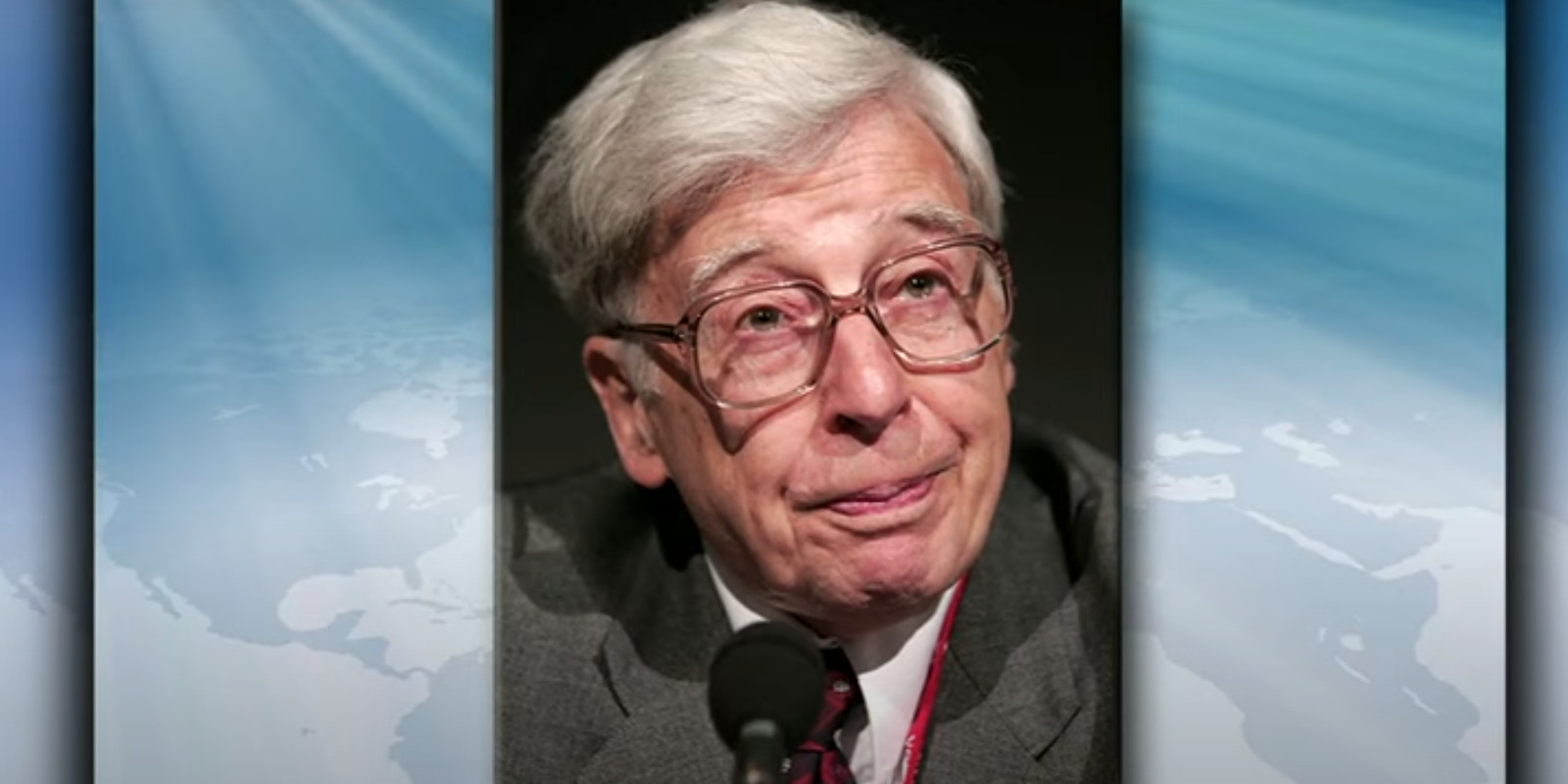
Edwards and Steptoe received numerous other awards and accolades for their work, as society burnished their names in the pages of medical history forever. However, Jean Purdy—a collaborator of equal measure as the two men—received no recognition. When the Oldham Area Health Authority wanted to honor their work through the installation of plaques in their hospitals, they only included Edwards and Steptoe’s names in the honor. As revealed by the private letters of Edwards, the physiologist protested this instance.
The letters said, “I feel strongly about the inclusion of the names of the people who helped with the conception of Louise Brown. I feel this, especially about Jean Purdy, who traveled to Oldham with me for 10 years and contributed as much as I did to the project. Indeed, I regard her as an equal contributor to Patrick Steptoe and myself.” Nonetheless, the plaque remained devoid of her name until 2015. There were numerous other instances where Edwards advocated for the inclusion of Purdy’s name in the public’s remembrance of the history of IVF. Yet, she remains patently excluded from the conversation.
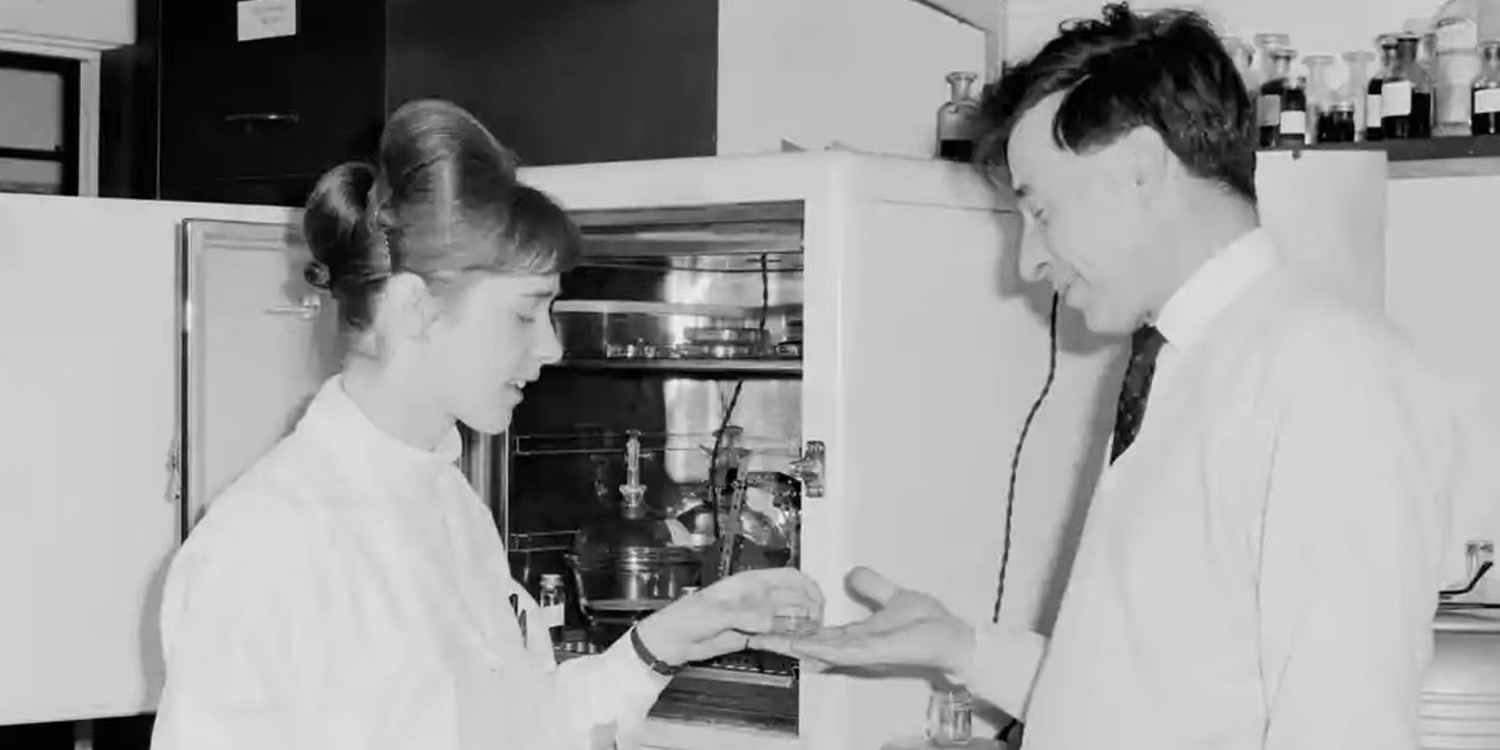
Madelin Evans, an archivist who examined Edwards’ letters, could not decipher an explicit reason for the exclusion of Purdy’s name in the plaque instance but shared her own opinion on the matter in a conversation with The Guardian. “It probably had quite a bit to do with the fact she (Jean Purdy) was a nurse, an embryologist, and a woman, I suppose.” She further added, “I think it (sexism) was probably one of the factors, and the fact probably that nurses weren’t seen as important maybe as doctors and scientists.”
Nonetheless, despite the lack of public and professional recognition, Purdy remained one of the three original pioneers of IVF. In the immediate aftermath of the research, after the births of Brown and MacDonald—when Edwards, Steptoe, and Purdy’s work remained unfunded by institutions—their team funded a private clinic near Cambridge. Thus, Bourn Hall, the world’s first IVF clinic, came to be, where Purdy—the Technical Director—helped launch fertility services.
The Creators Behind Joy Hold Personal Connections to the Story
Director Ben Taylor and his team strive for historical accuracy and authenticity in cinematically retelling the historical story of the invention of IVF treatments. Therefore, even though the film equips the occasional creative liberty in some instances, it remains close to reality. Thus, the project presents a realistic account of historical events under the attention of screenwriters Rachel Mason, Jack Thorne, Emma Gordon, and Shaun Topp—with archive researcher Jessica Bradbury’s expertise.
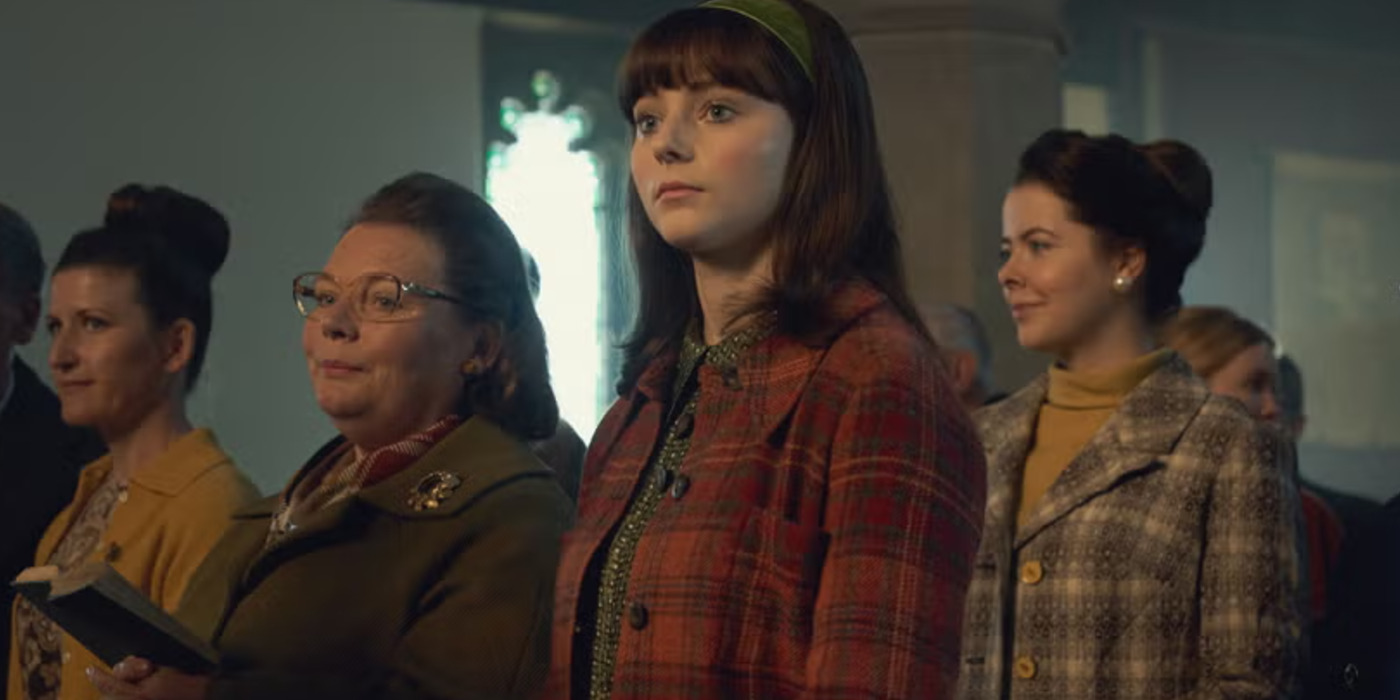
One of the factors that contribute to the authentic approach to the subject remains the personal connections that the film’s director and writers have to the topic. Ben Taylor, Jack Thorne, and Rachel Mason have all gone through IVF procedures themselves in real life. Consequently, they understood the emotions and the sentiments attached to the central medical procedure and were passionate about bringing its authentic origin story to the public. Lead actress Thomasin McKenzie spoke about the same with Radio Times.
“When I first read the script, it was like you could just tell that the people who’d written it, the people who were making it, had personal experience with IVF themselves, and that made me—when I got the role—it made me want to do the role [of] Jean Purdy justice.” She said, “But also just the(you know) for everyone who’s been through IVF or knows someone who has, or has been born of IVF or whatever, to do that topic justice as well.” Today, more than 10 million babies have been born through IVF, signifying the lasting legacy of Purdy, Edwards, Steptoe, and their team’s crucial work.
Read More: Where Was Netflix’s Joy Filmed?

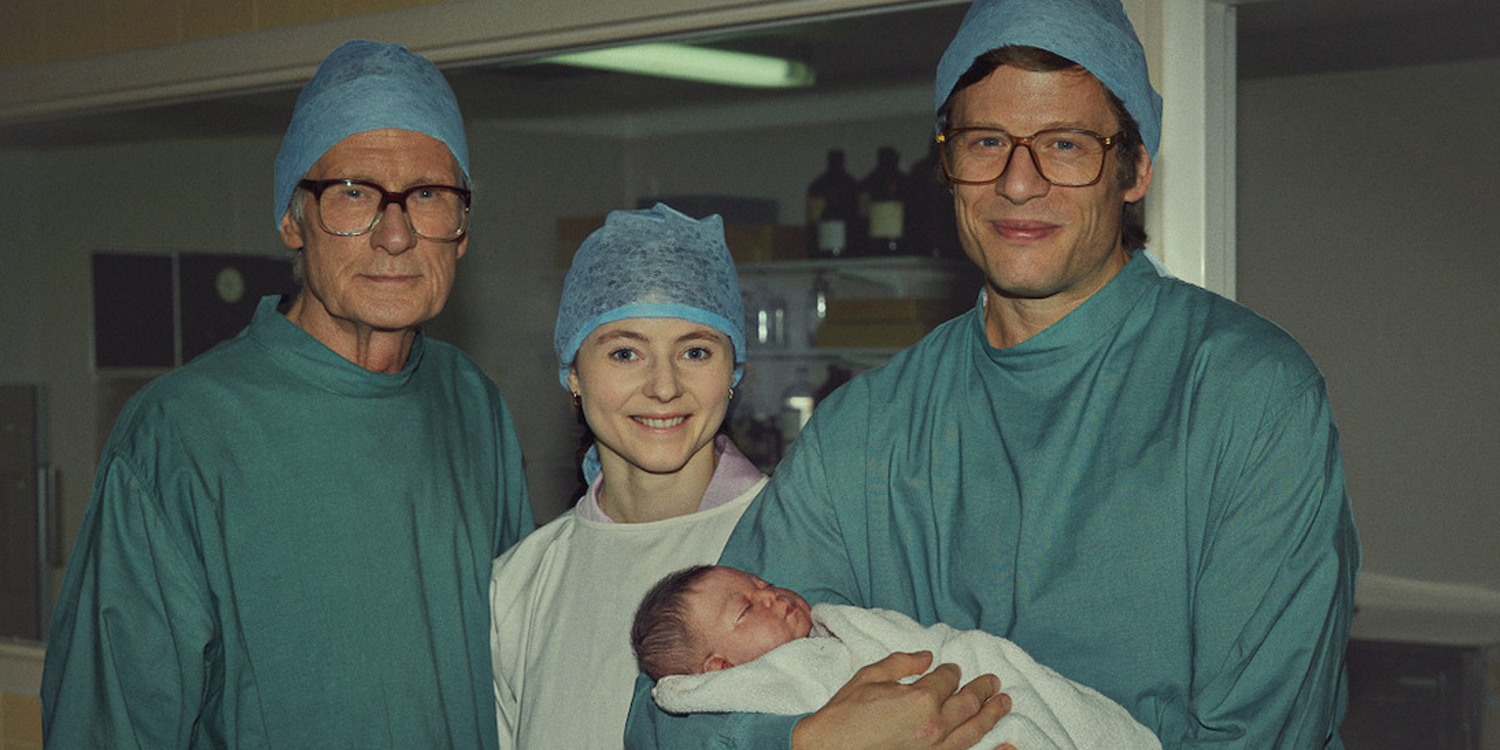
You must be logged in to post a comment.